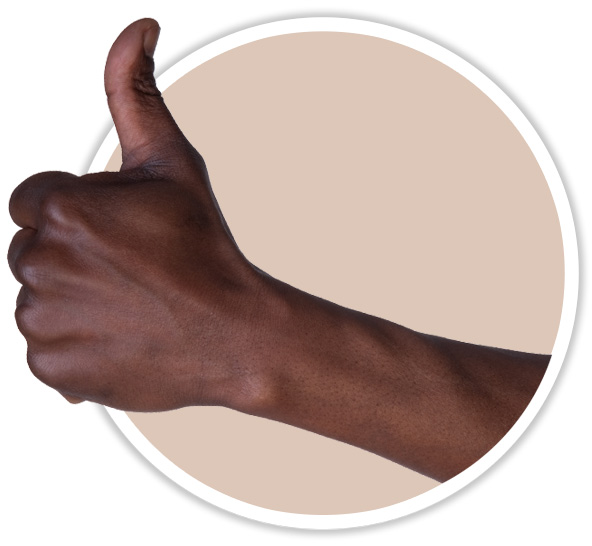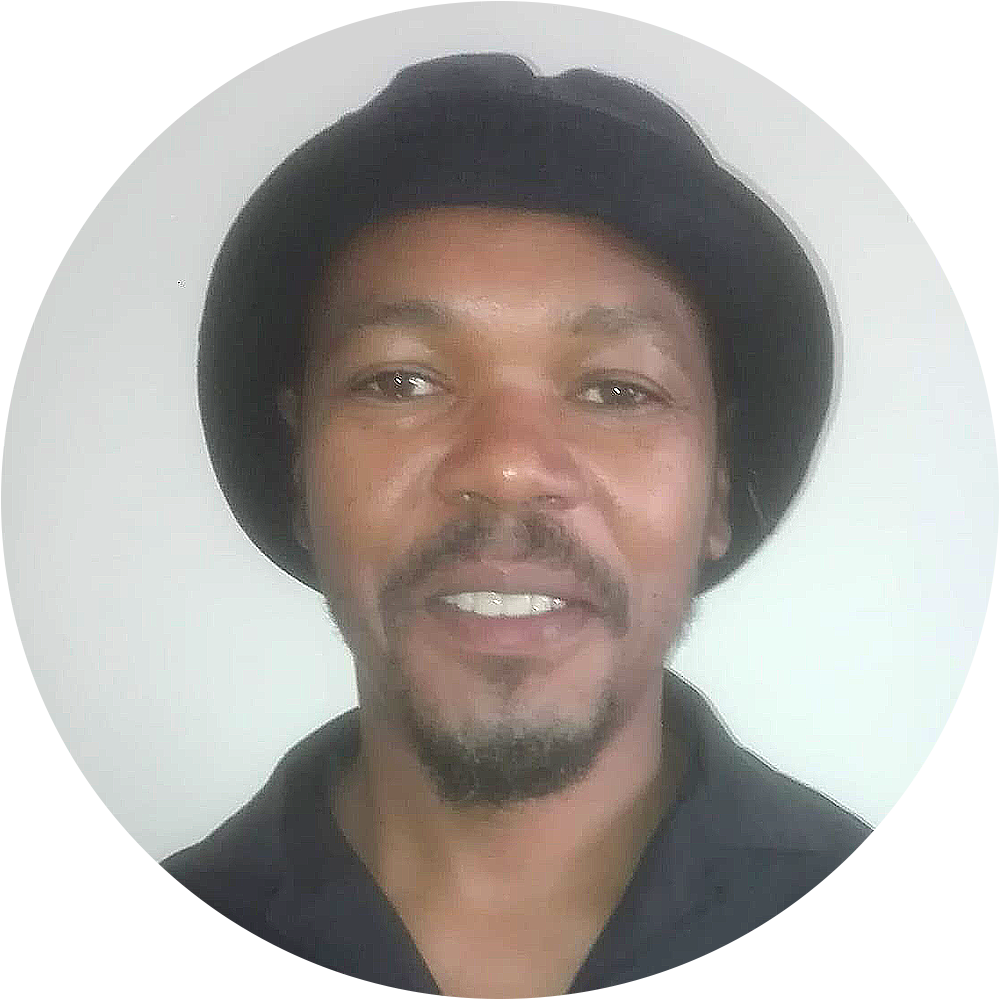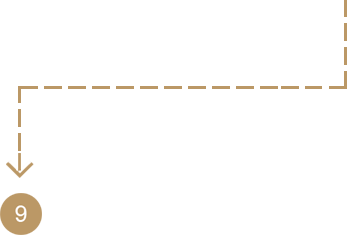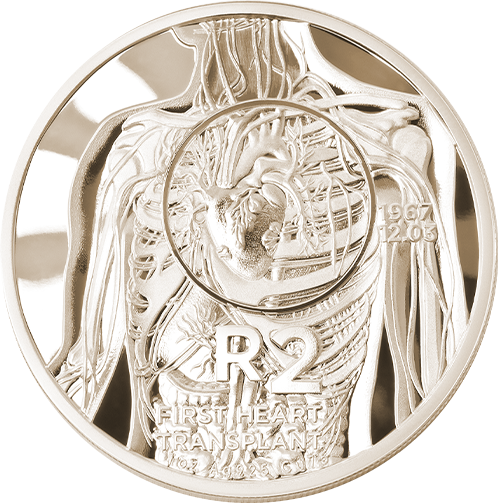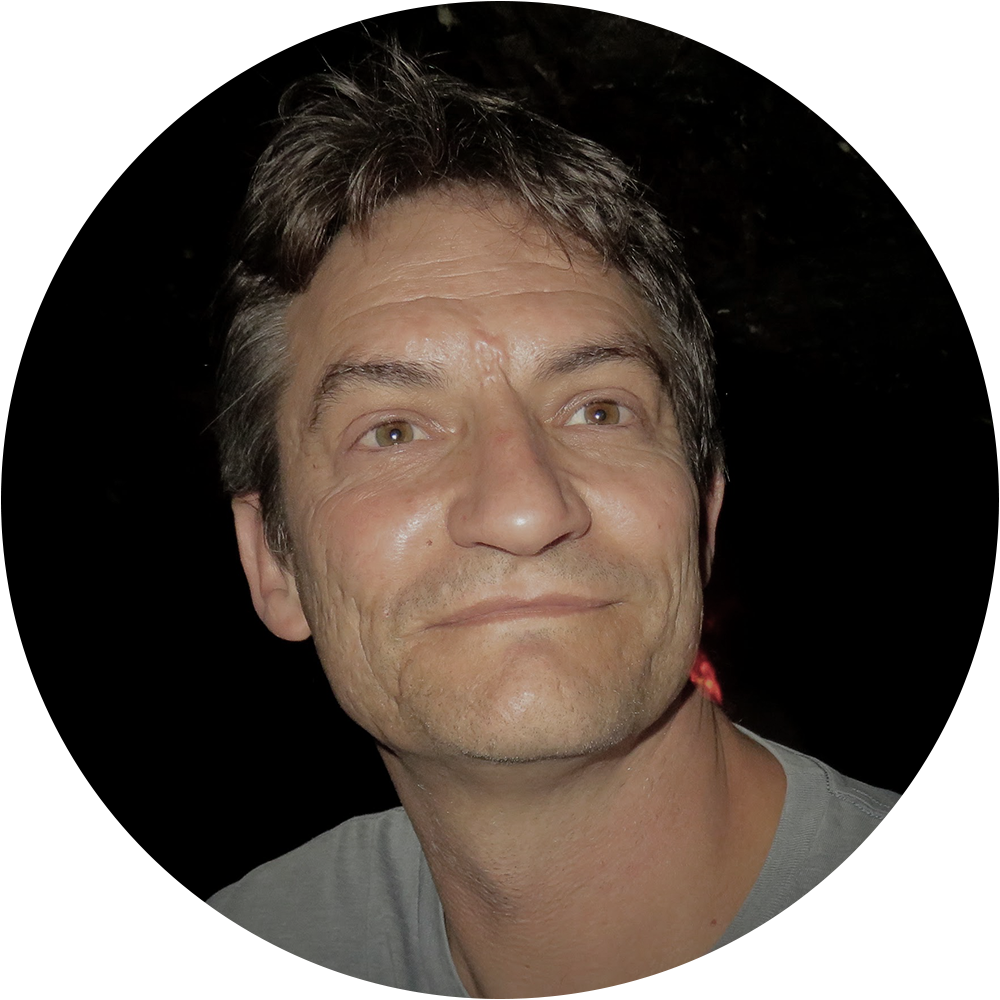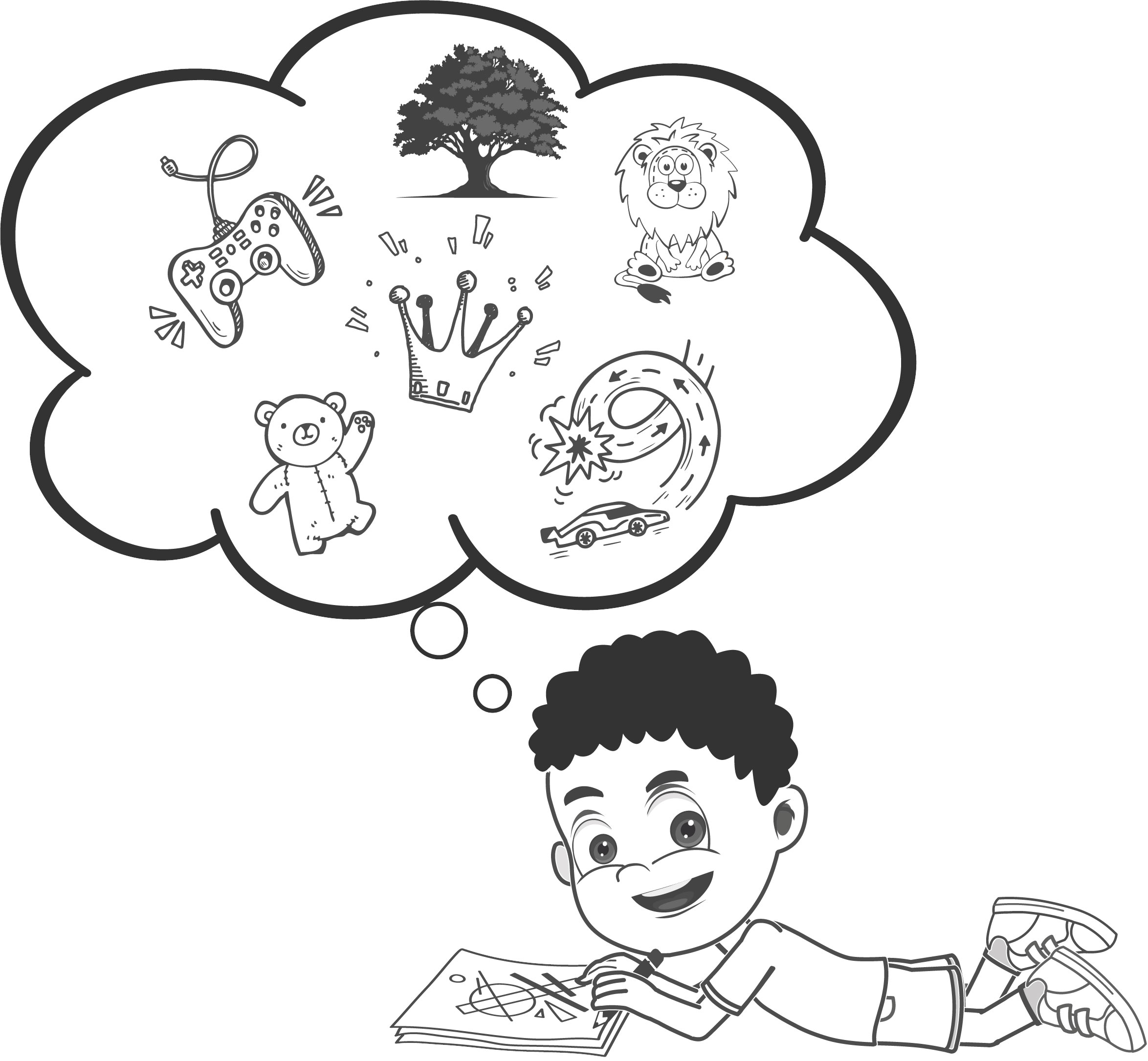Moving with the times
On 28 July 2020, we hosted our very first virtual VOICE Forum which was a sounding success. Only her second staff meeting since her appointment as Managing Director, Honey Mamabolo, paved the way with a heartfelt welcome to staff members and closed with a reminder of what the South African Mint’s values mean for all us in this time of global turmoil.
We had our usual quarterly Finance, SHEQ, Manufacturing and Sales and Marketing updates, before Gawie Herholdt congratulated our worthy Excellence Awards winners. Despite our physical separation, this forum was in many ways more interactive than we have had before. Colleagues, who tested positive for and recovered from the Coronavirus, shared their experiences with us. Contributing in destigmatising the disease, alleviating fears and giving us hope, that full recovery is possible.
Many could also relate to the colleagues who conveyed their learnings and challenges with either working from home, on-site or even those who followed a hybrid routine of coming on-site on some days and working from home on others.
The introduction of the surveying tool, Mentimetre, added to the success of this first virtual event. It allowed everyone to participate in the proceedings and comment or ask questions anonymously during the course of the meeting. Thank you to all the employees that participated in this inaugural virtual event.



